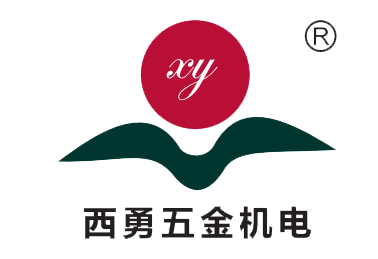The assembly process of compression cylinders and solenoid valves mainly involves the selection and preparation of components, the laying of connecting pipelines, and the final commissioning and testing.

I. Component selection and preparation
1. Select the appropriate compression cylinder:
According to the specific application scenarios and needs, select the appropriate type of compression cylinder (such as single-acting cylinder, double-acting cylinder, etc.) and specifications.
Ensure that the cylinder material, working pressure, temperature range and other parameters to meet the requirements of use.
2. Select the appropriate solenoid valve:
For double-acting cylinders, it is usually necessary to choose a two-position five-way solenoid valve to ensure that the cylinder can complete the two-way action.
According to the specifications of the cylinder and working requirements, select the appropriate solenoid valve type and specifications.
3. Prepare other necessary components:
Pneumatic connector: used to connect the cylinder and solenoid valve.
PU pipe or other suitable material piping: for the transmission of compressed air.
Muffler: installed on the exhaust hole of the solenoid valve to reduce the exhaust noise.
Second, connecting pipeline laying
1. Laying piping:
Use PU pipe or other suitable materials to lay the pipeline connecting cylinder and solenoid valve according to the actual need.
Note that the length and curvature of the piping should be moderate, to avoid excessive length or excessive bending resulting in pressure loss or affect the response speed of the cylinder.
2. Connect the pneumatic connector:
Install the pneumatic fittings on the interface of the cylinder and solenoid valve respectively.
Use suitable tools to fasten the joints to ensure a firm connection and reliable sealing.
3. Connect the solenoid valve:
Connect the inlet port of the solenoid valve with the air source.
Connect the working port of the solenoid valve with the corresponding interface of the cylinder through the pipeline.
Note that the exhaust port of the solenoid valve should be installed muffler to reduce exhaust noise.
Third, debugging and testing
1. Check the connection:
Before energizing and ventilating, carefully check whether all connections are firm and seals are reliable.
Confirm that there is no debris and no leakage point in the pipeline.
2. Energize test:
Energize the solenoid valve and observe whether the cylinder can move according to the intended action.
Check whether the on-off control of the solenoid valve is accurate and reliable.
3. Adjustment and optimization:
According to the test results, adjust and optimize the stroke, speed and other parameters of the cylinder and solenoid valve.
Ensure that the movement of the cylinder is smooth and free of stagnation.
4.Continuous monitoring:
Continuously monitor the working status of the cylinder and solenoid valve during use.
Regularly check whether the connecting pipeline is loose, leakage and other problems, and deal with them in time.
Through the above steps, you can complete the assembly of compression cylinders and solenoid valves. In actual operation, it should be flexibly adjusted and optimized according to specific application scenarios and needs. At the same time, pay attention to comply with the relevant safety regulations and precautions to ensure the safety and reliability of the assembly process.
Shanghai Xiyong Hardware & Electromechanical Co., Ltd. has a wide range of product lines, including but not limited to cylinders (e.g., hook cylinders, side push cylinders, etc.), solenoid valves, and other key accessories (Vacuum Generator, air tubes, air fittings, etc.) required for pneumatic systems. The company is equipped with various types of materials in a wide range of specifications and pays attention to product details and quality control to ensure that each accessory meets industry standards and customer requirements.
Prev:Shanghai Xiyong Hardware & Electromechanical Co., Ltd : Superior Machining Solutions
Next:Shanghai Xiyong CO Series Cylinder







